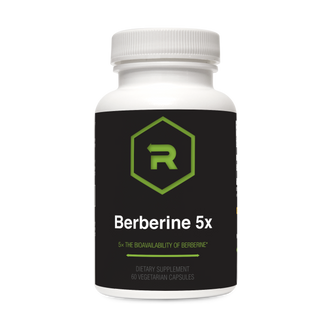GHRP-2: A Comprehensive Overview of Its Mechanism, Benefits, and Scientific Evidence
Growth Hormone Releasing Peptide-2 (GHRP-2), also known as Pralmorelin, is a synthetic peptide that stimulates the secretion of growth hormone (GH). It has garnered attention for its potential applications in diagnosing and treating growth hormone deficiencies, as well as its effects on appetite and metabolism.
Mechanism of Action
GHRP-2 functions as an agonist of the growth hormone secretagogue receptor (GHS-R), commonly referred to as the ghrelin receptor. By binding to GHS-R, GHRP-2 stimulates the release of GH from the anterior pituitary gland. This mechanism is distinct from that of growth hormone-releasing hormone (GHRH), as GHRP-2 operates through a separate receptor pathway.
In addition to promoting GH secretion, GHRP-2 has been shown to influence other hormonal axes. It can increase levels of adrenocorticotropic hormone (ACTH) and cortisol, albeit to a lesser extent than its GH-stimulating effects. Furthermore, GHRP-2 has been observed to stimulate appetite, likely through its action on hypothalamic pathways.
Potential Benefits
-
Growth Hormone Stimulation: GHRP-2 effectively increases GH levels, which can aid in diagnosing GH deficiencies and may have therapeutic potential in treating such conditions.
-
Appetite Enhancement: By activating ghrelin receptors, GHRP-2 can stimulate appetite, which may be beneficial in conditions characterized by reduced food intake or cachexia.
-
Metabolic Effects: Elevated GH levels can lead to increased lean body mass, reduced fat mass, and improved lipid profiles, suggesting potential metabolic benefits of GHRP-2 administration.
-
Cardioprotective Properties: Some studies suggest that GHRP-2 may have protective effects on cardiac tissue, potentially reducing apoptosis and improving cardiac function.
Scientific Evidence
-
A study conducted by the University of Turin in 1997 demonstrated that GHRP-2 significantly stimulates GH secretion more effectively than GHRP-6, with minimal effects on prolactin, ACTH, and cortisol levels.
-
Research from 2012 at Cidade Universitaria in São Paulo found that administering 10 µg of GHRP-2 to GH-deficient mice resulted in a substantial increase in GH levels compared to controls.
-
Clinical studies have explored GHRP-2's efficacy in diagnosing GH deficiencies and its potential therapeutic applications. For instance, Pihoker et al. (1995) investigated the diagnostic utility of intravenous and intranasal GHRP-2 in children with short stature.
Conclusion
GHRP-2 is a potent stimulator of growth hormone release, operating through the ghrelin receptor pathway. Its ability to enhance GH levels, stimulate appetite, and potentially confer metabolic and cardioprotective benefits makes it a compound of interest in both clinical and research settings. However, while preliminary studies are promising, further research is necessary to fully elucidate its therapeutic potential and safety profile.
References
-
GHRP. Wikipedia. https://ru.wikipedia.org/wiki/GHRP(Wikipedia)
-
Pralmorelin. Wikipedia. https://en.wikipedia.org/wiki/Pralmorelin(oxfordpeptides.com)
-
Cyril Y. Bowers. Wikipedia. https://en.wikipedia.org/wiki/Cyril_Y._Bowers(Wikipedia)
-
Growth hormone secretagogue receptor. Wikipedia. https://en.wikipedia.org/wiki/Growth_hormone_secretagogue_receptor(Wikipedia)
Disclaimer: GHRP-2 is currently approved for diagnostic use in certain regions. Its therapeutic applications are subject to ongoing research and regulatory approvals. Always consult with healthcare professionals before considering any peptide-based interventions.


